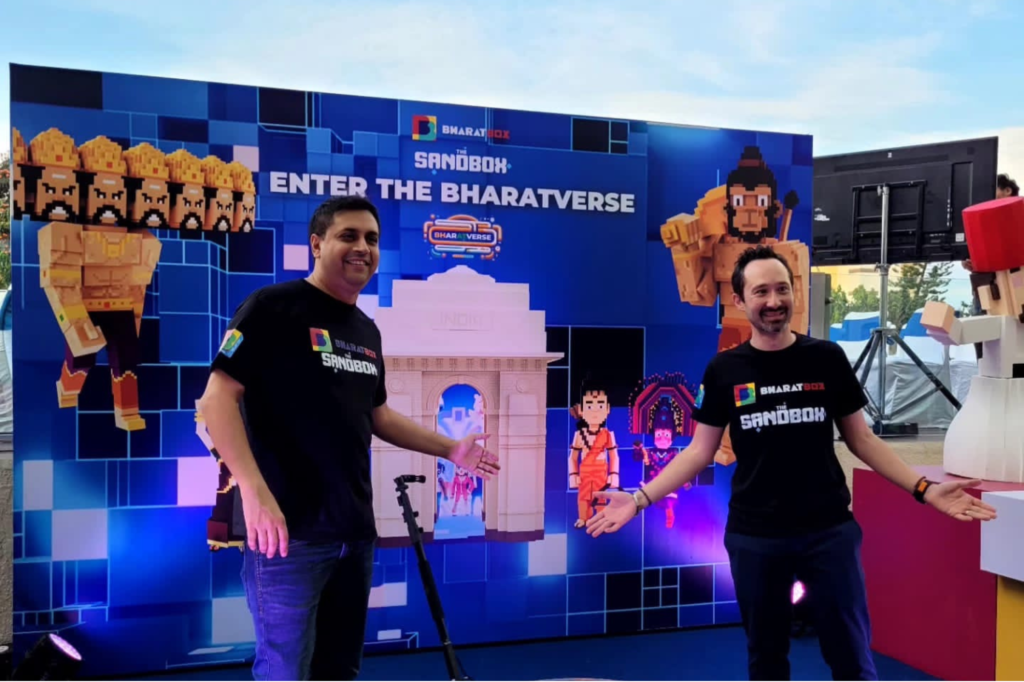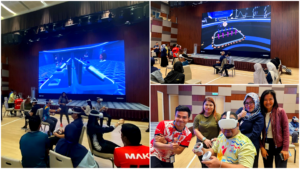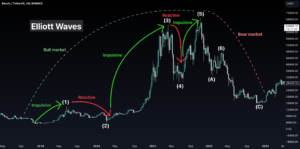India Was Last Place We Were Missing On The Map: Sébastien Borget
4 min read
Opinions expressed by Entrepreneur contributors are their own.
You’re reading Entrepreneur India, an international franchise of Entrepreneur Media.
With the news of many companies abandoning their Metaverse ambitions, one might think that Metaverse is dead. But the fact is that experts and leaders are turning away from the American shores to seek longevity. And it’s stirring things for good in Asia. At least Sébastien Borget, Co-founder and COO, The Sandbox is optimistic about it. Borget’s platform, not many know, paved its way into the lives of youngsters long before Metaverse became Mark Zuckerberg’s ‘it’ idea.
In an exclusive conversation with Entrepreneur India, he shared that he was “really excited about India” and the richness of its culture. Having 30 per cent of its users hailing from Asia, India was the last one missing from the map, after having entered Hong Kong, Singapore, Japan, Korea, Thailand, and Turkey. And One thing which is common between all is their rich and vibrant cultures.
Earlier this year, the Sandbox entered into a joint venture with Brinc to launch BharatBox, a new cultural hub featuring key partners from India’s entertainment, art, and sports sectors. The Sandbox has been enthusiastic and optimistic about encouraging cultural hubs in its Metaverse. With Mega City 2 and BharatBox, the Metaverse gaming platform is looking to leverage the cultural offerings of the mentioned countries.
“As we are building this decentralized virtual world, it’s very important to try to showcase our presence, like the diversity of culture from our world and bring it all together. Very often I say that sandbox is much more than gaming, it’s a platform that brings gaming and culture together,” shares Borget.
“People can be virtual neighbours on this virtual map. And it will attract more creators, inspire them for more, hopefully, inspire them to build their own story, their own adventure with their favourite movie, Bollywood celebrities, etc,” he adds.
So, who can enter the space and have the first movers advantage? Being a no-code, ‘drag and drop’ platform gives The Sandbox a great advantage for attracting non-technical creators, “we’re really bringing in a new kind of creators.”
This gives rise to new creators who bring new audiences; maybe people who never played video games now have discovered those social hubs or plays explore that combine gaming, but also architecture art together and a lot of different content and brands from many regions of the world.”
The platform houses 50 collections having 2000-10,000 avatars each.
While they look to attract creators to the platform, is a creator academy on the cards? “We see many ways to educate those creators. We have our own creator portal, which is a website with different resource tutorials than on platforms like Twitch, and YouTube regularly, people stream every day, every week, what they’re doing, and people follow them live. And then, quite interestingly, we also have like a whole education sector that’s progressively built up. And there are schools, universities, and academies that build curriculum around how to build for the Metaverse or how to build for The Sandbox. And we have graduation from around three to six months. And that is a recognized skill on the diploma and then they can enter the job market with it,” Borget shares.
In India, they have partnered with Whistling Woods International, an animation and game design school based in Mumbai. They have also partnered with several schools in Hong Kong such as Hong Kong Design Institute, Hong Kong University of Science Technology, and the Chinese University of Hong Kong.
Borget is optimistic and wants to scale such programs with the help of government and ministries in the regions, “That’s something that probably will take us five years and a lot of important discussions,” he shares.
On being asked if The Sandbox would be keen on having a physical mode for creator training, he shared, “It’s something I think we could try. It started with a program called Train the Trainers. So once we have the first level of trainers and studio that train, then the trainers can be deployed in those academies.”
The Sandbox in association with BharatBox has come up with an IP in the Indian market “Game Jams,” which will support creators to develop ideated games.
“I think the next trend is like everything is moving to become like creditor centric and the importance of like the creator economy,” he concludes.
He shared these views at IBW’23 Conference which took place in Bangalore.
Source link
#India #Place #Missing #Map #Sébastien #Borget





